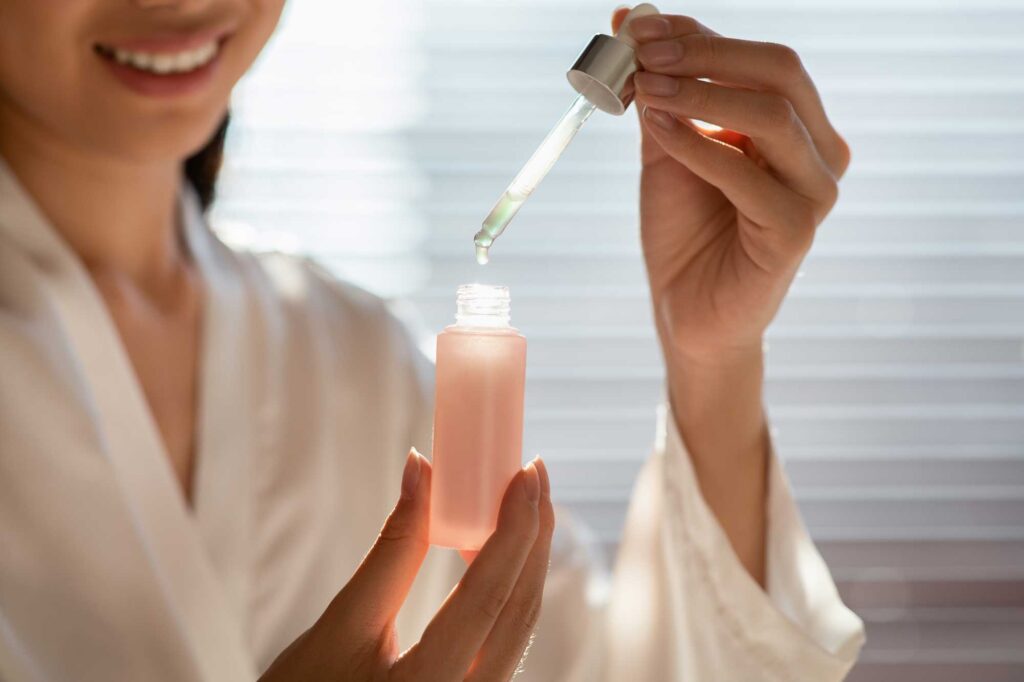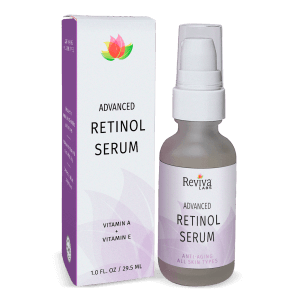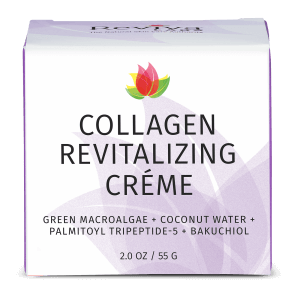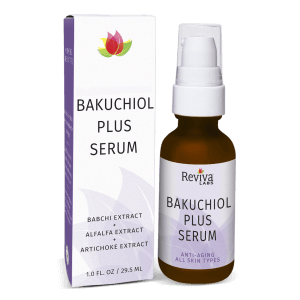Clean Beauty, Ingredients, Reviva Labs, Skin Care
How to Use Retinol and Retinoids for Sensitive Skin
Retinol and retinoids have earned their reputation as skincare superheroes. From smoothing wrinkles to evening skin tone, these Vitamin A derivatives work wonders. However, for those with sensitive skin, the potent benefits can come with a side of irritation. Thankfully, with the right approach, even sensitive skin can enjoy the transformative power of retinoids without distress.
Why Retinol and Retinoids Are Worth the Hype
Retinol is a milder over-the-counter form of Vitamin A, while retinoids like tretinoin are typically stronger and prescription-only. Both work by accelerating cell turnover, boosting collagen production, and promoting a radiant, youthful complexion. This makes them effective for addressing fine lines, wrinkles, acne, and hyperpigmentation. But their strength can also lead to redness, peeling, and dryness—especially for those with sensitive skin.
The Science of Sensitive Skin
Sensitive skin reacts more easily to environmental or topical triggers, often leading to inflammation, redness, or discomfort. This heightened reactivity can make the initial introduction of potent actives like retinoids a challenge. However, gradual acclimatization and a thoughtful routine can mitigate these effects.
Start Slow and Low
When incorporating retinol or retinoids into a sensitive skin routine, less is more. Begin with a product containing a low percentage of retinol (0.25% or 0.5%) or a gentle retinoid alternative like bakuchiol, which mimics retinol’s benefits without irritation. Use a pea-sized amount for your entire face and avoid applying near the eyes and corners of the mouth initially, as these areas are more prone to dryness.
Buffering Technique
Buffering involves applying a layer of moisturizer before your retinoid. This creates a protective barrier, reducing the likelihood of irritation while still allowing the product to work. Look for hydrating, calming products containing ingredients like hyaluronic acid, ceramides, or aloe vera.
Frequency Matters
Retinol isn’t a daily necessity at first. For sensitive skin, try the “low and slow” approach. Start with once or twice a week, gradually increasing the frequency as your skin builds tolerance. This could mean moving to every other day or even nightly after a few months.
Hydration Is Key
Retinol and retinoids can compromise your skin barrier, leading to increased dryness. To counteract this, use a gentle cleanser that doesn’t strip your skin, layer on a hydrating serum with ingredients like hyaluronic acid, and moisturize generously with products containing shea butter, squalane, or glycerin.
Sun Protection Is Non-Negotiable
Retinol increases photosensitivity, making your skin more susceptible to sun damage. Apply a broad-spectrum sunscreen (SPF 30 or higher) daily—even on cloudy days. Reapply every two hours if you’re outdoors for extended periods.
Watch for Warning Signs
Even with careful use, sensitive skin may exhibit some initial reactions to retinoids. This is often referred to as “retinization” and can include mild redness, peeling, or dryness. However, severe irritation is a sign to step back. Reduce the frequency or pause entirely until your skin recovers, and layer soothing ingredients like allantoin, calendula, or chamomile to calm inflammation.
Consider Alternative Options
If traditional retinoids prove too harsh, gentler alternatives may offer similar benefits. Bakuchiol, a plant-based retinol alternative, is effective for anti-aging and acne without irritation. Encapsulated retinol is another option, as encapsulation technology delivers the active ingredient gradually, reducing the risk of sensitivity.
Complementary Products for Sensitive Skin
Products that soothe and hydrate can support your retinol routine. Hydrating toners with aloe vera and hyaluronic acid can soothe and prep the skin. Calming serums with hemp oil, rosehip oil, or ashwagandha reinforce the skin barrier and reduce inflammation. Gentle moisturizers featuring ceramides, glycerin, or shea butter lock in hydration and shield sensitive skin.
When to Consult a Professional
If you experience persistent irritation or aren’t seeing results, it may be time to consult a dermatologist. They can guide you toward prescription-strength retinoids or alternative solutions tailored to your skin’s needs.
Patience Pays Off
Using retinol or retinoids for sensitive skin is a marathon, not a sprint. Results often take 8–12 weeks to become noticeable, and consistent use is key. By taking a gradual approach, prioritizing hydration, and protecting your skin from the sun, you can enjoy the benefits of retinoids while keeping your sensitive skin calm and happy.
The journey to radiant skin may have a few bumps along the way, but with care and commitment, it’s entirely within reach.









